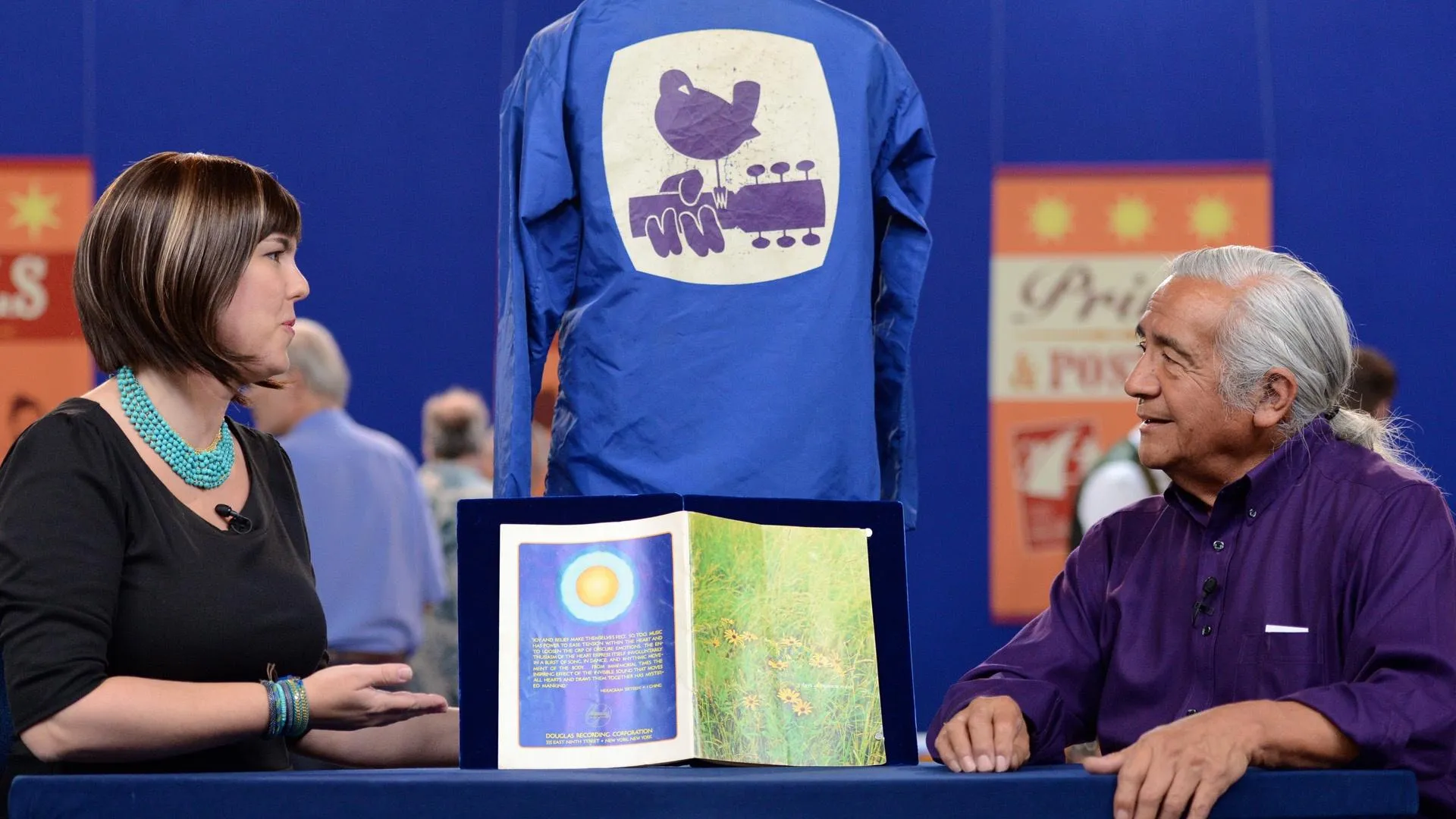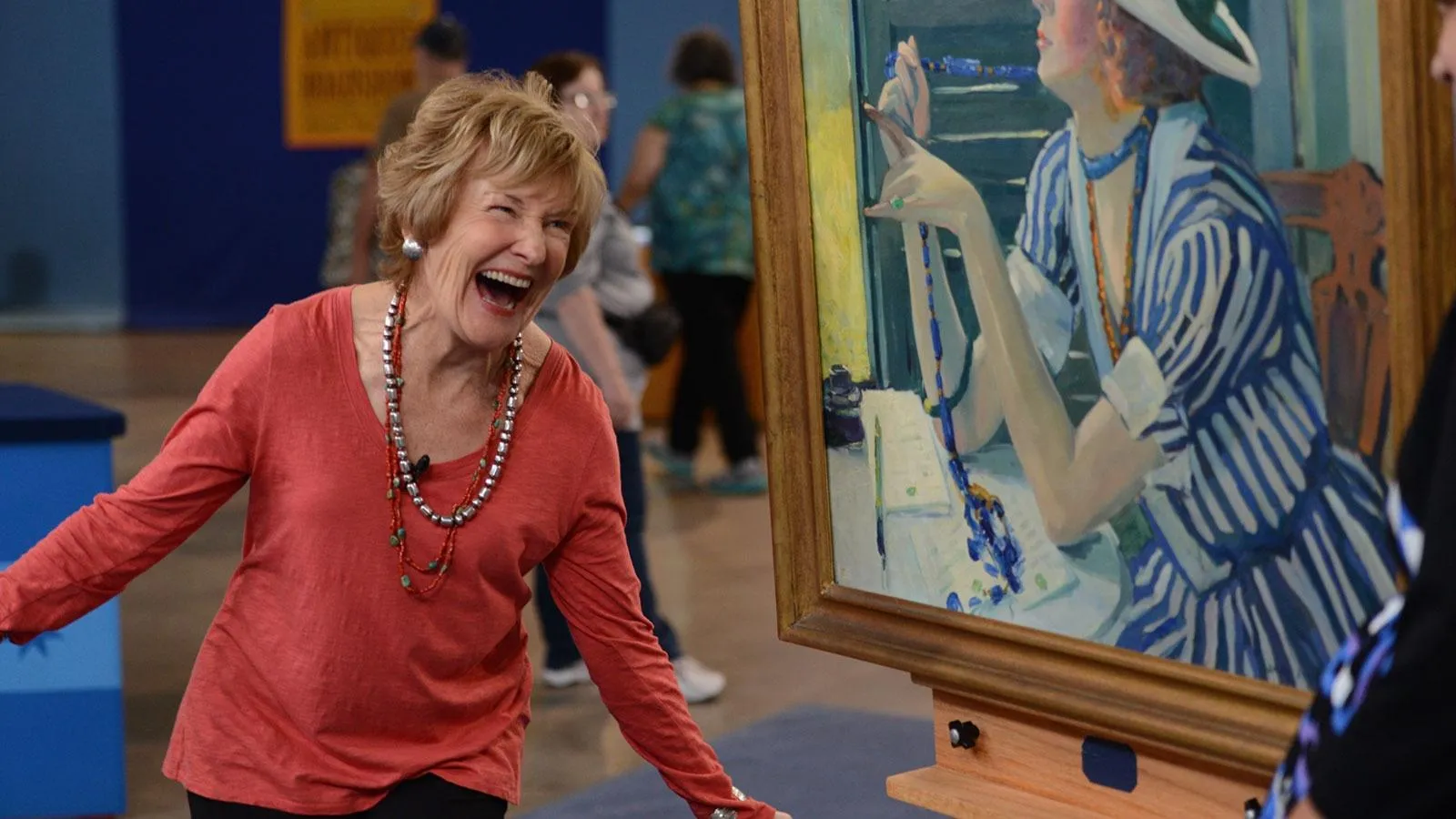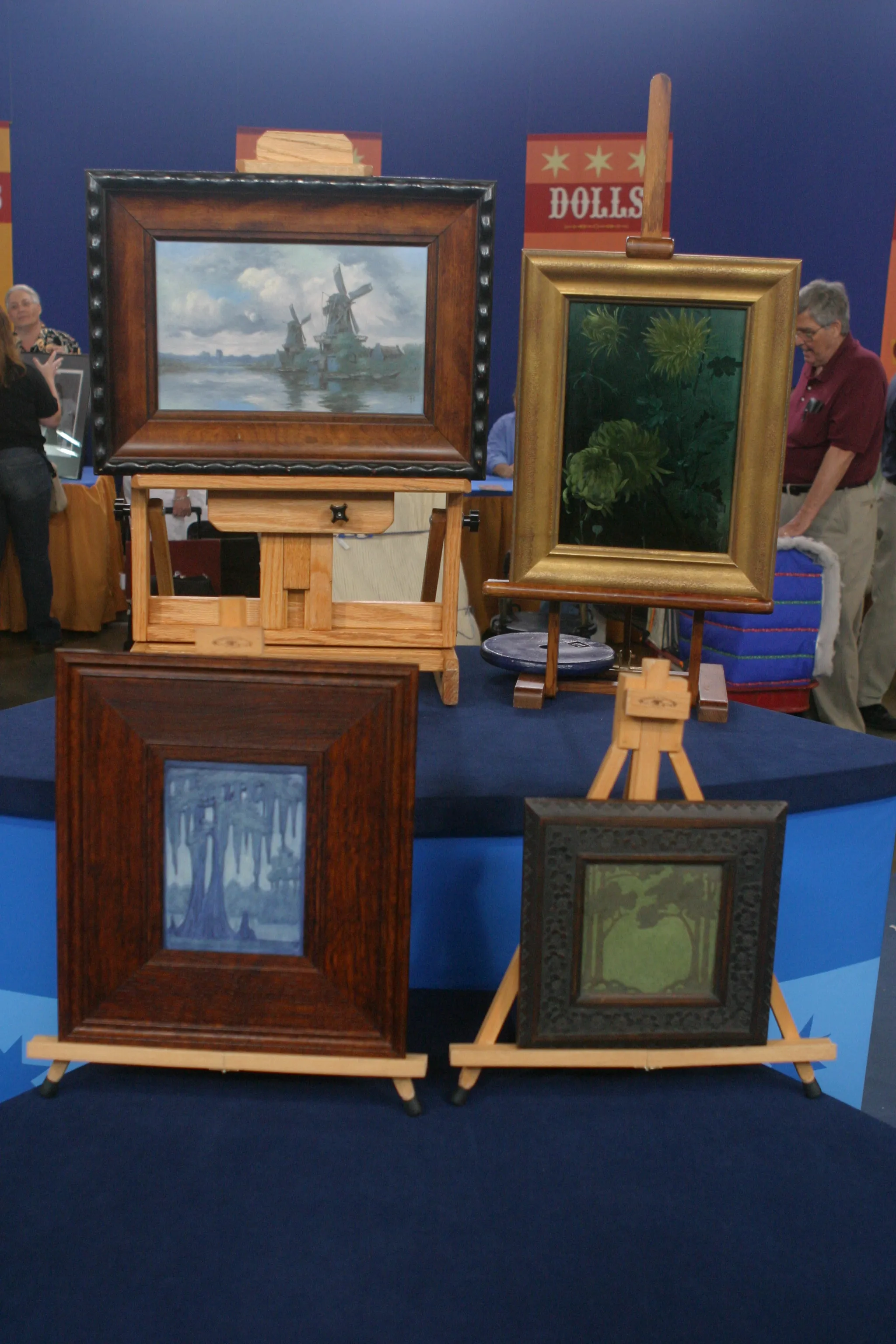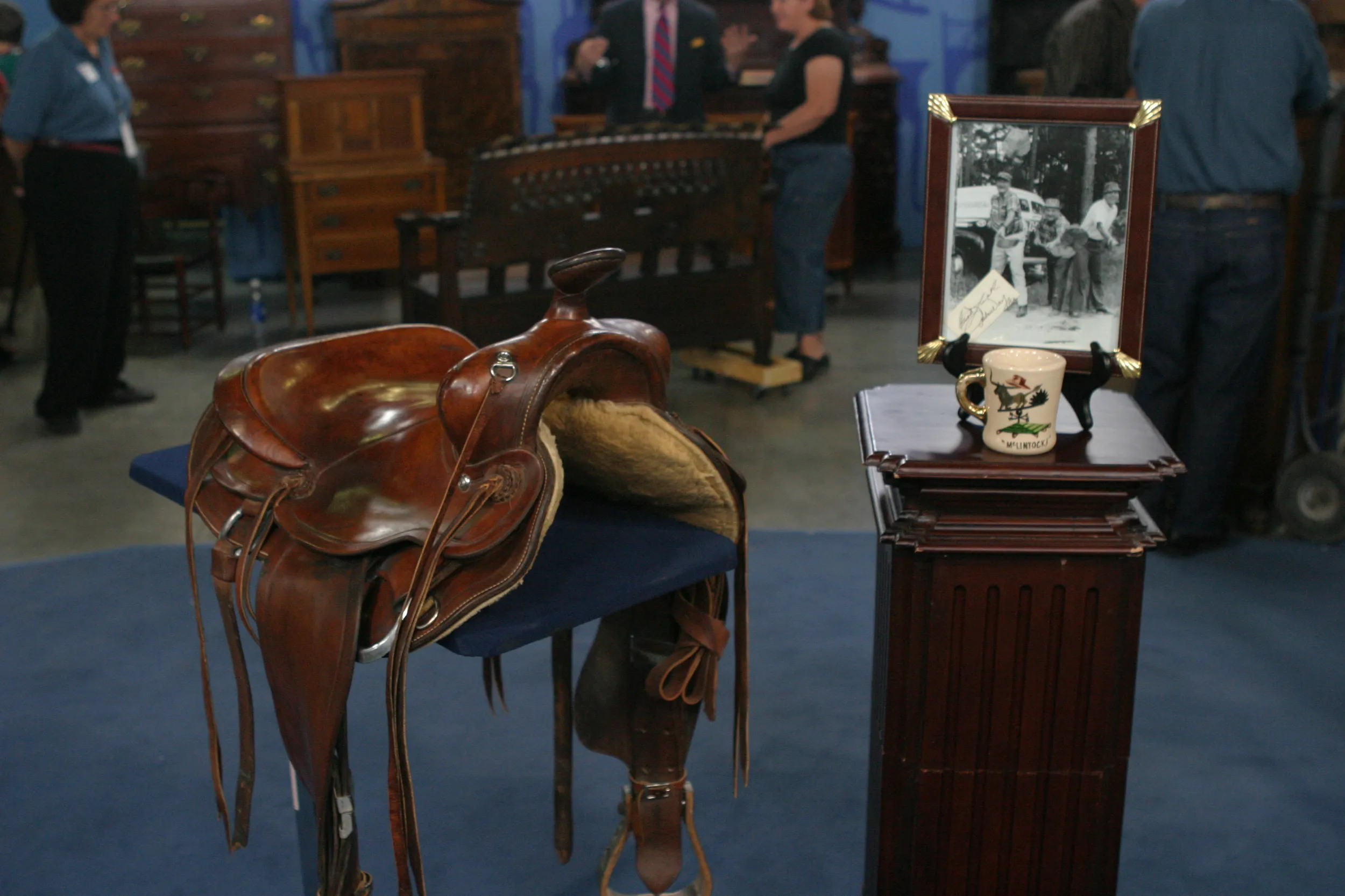GUEST: In, golly, I guess it was 1963, I was, uh, uh... I did my junior year in Madrid, Spain.
APPRAISER: Mm-hmm.
GUEST: And I lived right close to the Joaquín Sorolla Museum in Madrid.
APPRAISER: Mm-hmm.
GUEST: Later, I moved to Cambridge with my first husband, whom I met in Spain. It was about 1965, 1966. And we found some of Jane Peterson's work, and he purchased several of the harbor scenes. And I pur, I just fell in love with this.
APPRAISER: Mm-hmm.
GUEST: Because it reminded me of Joaquín Sorolla.
APPRAISER: Oh, how wonderful.
GUEST: You know, the, the light and the, Spain, and... And so I just fell in love with her, and I've lived with her for, golly, almost 50 years.
APPRAISER: Oh, my goodness. It's fascinating that you talk about Sorolla, because actually, Peterson went to Spain and studied with Sorolla, and they became great friends. He also introduced her to Louis Comfort Tiffany, and she painted Tiffany's gardens on Long Island, and she and Tiffany traveled around together. So she was quite a colorful artist. I mean, she came from more modest beginnings, and from Elgin, Illinois, and studied in New York. And then of course, like most artists who wanted to advance or to study more, she would go abroad. So other than Spain, she also went to Paris, and she lived around the corner from Gertrude and Leo Stein.
GUEST: Ah, yeah.
APPRAISER: And they in turn introduced her to Picasso and Cézanne and Matisse. She started out painting in more somber tones and more impressionistically. But once she got to know them, she became much bolder in color. And was painting a more expressionist mode. And she was quite, quite something. She was a single woman tromping through the Middle East, and Italy, and France, and, and all over. So she was very much ahead of her time. There is a label that indicates that this was exhibited with the Allied Artists of America in New York.
GUEST: Yes, yeah.
APPRAISER: And the exhibition was held in 1929.
GUEST: Oh.
APPRAISER: So this obviously was painted...
GUEST: For...
APPRAISER: ...around that time, or at least prior to. And, of course, the label on the back also tells us the title, and it's called "The Answer," and it's very mysterious. I guess she's perhaps writing an answer to someone.
GUEST: Almost looks like her beads have broken.
APPRAISER: They do, they do, it looks like the chain is broken.
GUEST: I was wondering if she was so pensive, that maybe she was writing a Dear John letter, or maybe she had received a dear... What, whoever, her name is.
APPRAISER: Whatever.
GUEST: (laughs)
APPRAISER: Yeah, exactly, exactly. I know, I, I love the title, and it's very mysterious. It's really in very nice condition. It's oil on canvas and it's not lined, which we like to see. You said you purchased it unframed, did you not?
GUEST: Yes. As I recall, I paid $150 for it.
APPRAISER: $150. Her work is very popular. It's also a very period piece, and it's very colorful and brilliant, and so for all those reasons, I think it's
very desirable in the marketplace, and I think that a gallery in New York would be asking $300,000.
GUEST: Where's a chair? (laughing) Now I need that chair! Oh, I'm so excited! Well, it, I just have always loved it. I mean, it really spoke to me.












